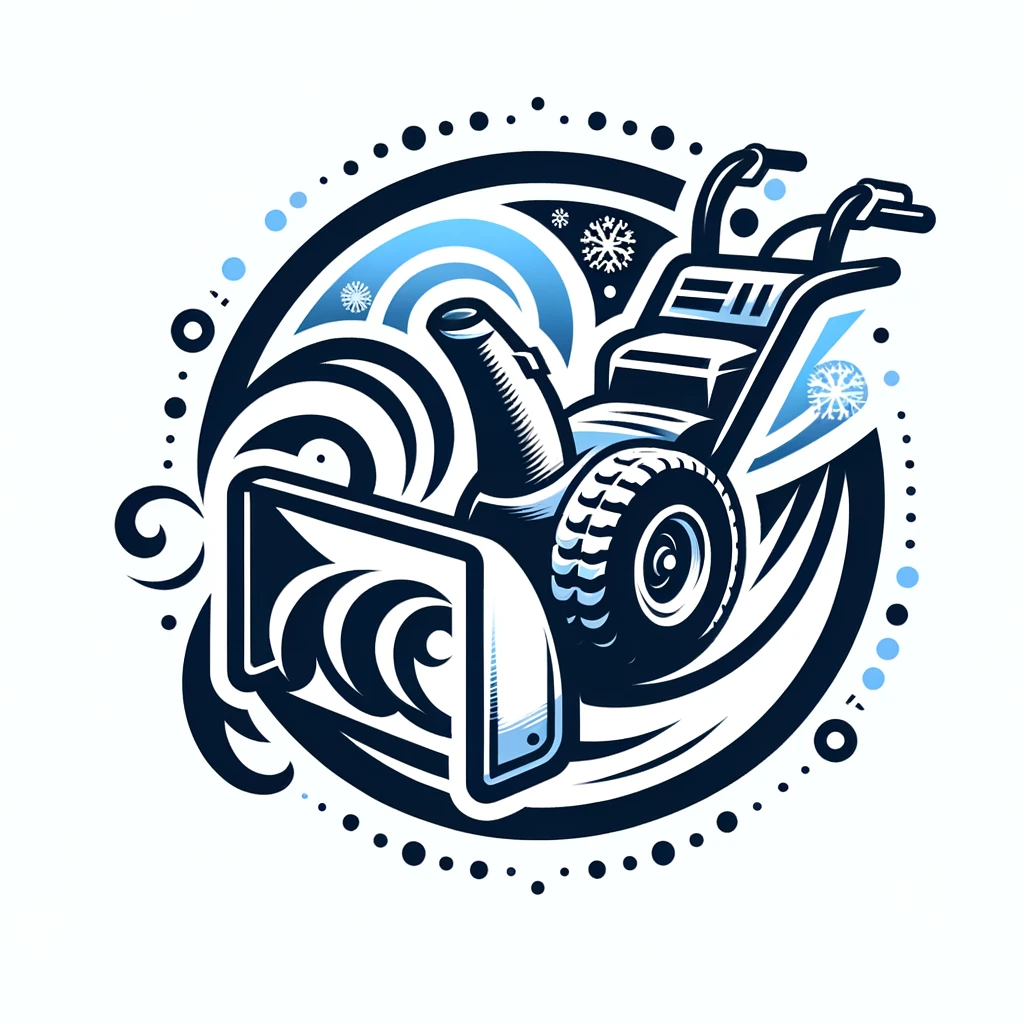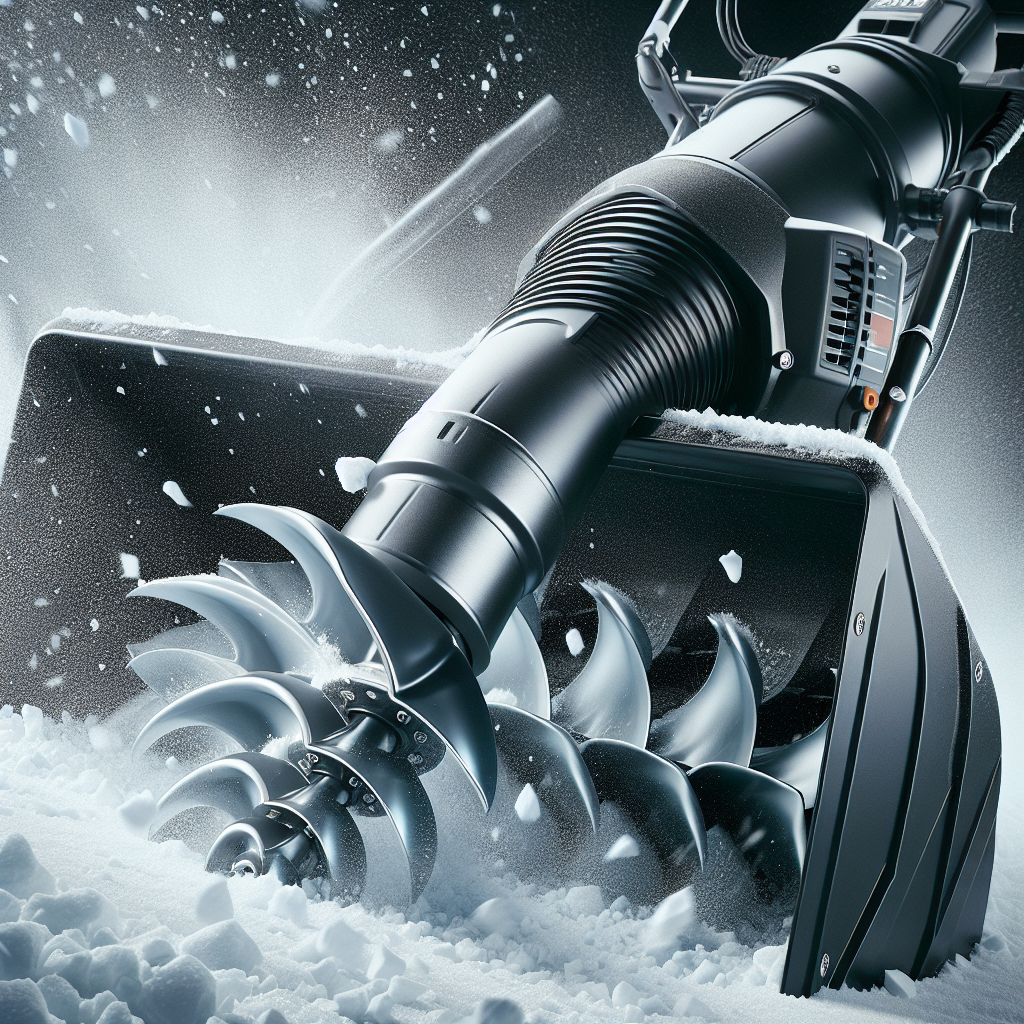Are you in need of a powerful snow blower to tackle those pesky winter storms? Well, you’ve come to the right place! In this article, we’ll explore the key differences between 2 stage vs 3 stage snow blowers. Whether you’re facing heavy snowfall or icy conditions, understanding the distinctions between these two types of snow blowers will help you make an informed decision and ensure that your driveway and walkways remain clear and safe all winter long. So, let’s get started and find out which snow blower is the perfect fit for your needs!
Design
Number of Stages
The number of stages refers to the number of components involved in the snow clearing process. A 2-stage snow blower consists of an auger, which breaks up the snow, and an impeller, which throws the snow out of the chute. On the other hand, a 3-stage snow blower has an additional accelerator that increases the snow clearing efficiency.
Augers
Both 2-stage and 3-stage snow blowers utilize augers to break up the snow. The augers are typically made of steel and are designed to chew through packed snow and ice. However, the augers in a 3-stage snow blower are usually more powerful and can handle larger volumes of snow.
Impellers
Impellers are responsible for throwing the snow out of the chute. In a 2-stage snow blower, the auger pushes the snow into the impeller, which then launches it out of the chute. In a 3-stage snow blower, the accelerator helps to enhance the process by increasing the speed and efficiency of the impeller, resulting in even greater throwing distances.
Power Source
Both 2-stage and 3-stage snow blowers are available in electric and gas-powered models. Electric snow blowers are typically more environmentally friendly and require less maintenance, while gas-powered models offer more power and are better suited for larger areas and heavier snowfall.
Size and Weight
The size and weight of a snow blower are important factors to consider, especially if you have limited storage space or need to transport it frequently. Generally, 3-stage snow blowers are larger and heavier than their 2-stage counterparts due to the additional components. However, manufacturers have made advancements in design to make them more compact and manageable.
Performance
Clearing Capacity
The clearing capacity of a snow blower refers to how much snow it can handle at once. 2-stage snow blowers typically have a clearing capacity ranging from 20 to 30 inches, while 3-stage snow blowers can handle even larger snowfalls, often up to 40 inches or more. If you live in an area with heavy snowfall, a 3-stage snow blower may be a better choice.
Clearing Width
The clearing width is the width of the path that the snow blower can clear in one pass. 2-stage snow blowers generally have clearing widths ranging from 24 to 30 inches. In contrast, 3-stage snow blowers can have wider clearing widths, often ranging from 30 to 36 inches or more. A wider clearing width means you can clear a larger area in less time.
Throwing Distance
The throwing distance refers to how far the snow blower can throw the snow. While 2-stage snow blowers usually have throwing distances ranging from 20 to 35 feet, 3-stage snow blowers can throw the snow even farther, often up to 50 feet or more. This can be particularly beneficial if you need to throw the snow over a long distance or into a specific area.
Handling Wet and Heavy Snow
Both 2-stage and 3-stage snow blowers are designed to handle wet and heavy snow, but 3-stage snow blowers typically have an advantage in this regard. The accelerator in a 3-stage snow blower helps to increase the efficiency of the auger and impeller, allowing it to tackle heavier and denser snow with ease. If you often encounter wet or heavy snowfall, a 3-stage snow blower may be the better option.
Price and Availability
Cost
When it comes to the cost, 3-stage snow blowers are generally more expensive than 2-stage snow blowers. The additional components and increased performance capabilities of a 3-stage snow blower contribute to its higher price tag. However, the price can vary depending on the brand, features, and size of the snow blower. It’s important to consider your budget and the specific needs of your snow clearing tasks when deciding between the two options.
Availability of Parts
The availability of parts is important to consider when purchasing a snow blower. In general, 2-stage snow blowers have been around for a longer time and have a wider range of available parts. However, 3-stage snow blowers are becoming increasingly popular, and many manufacturers ensure a good supply of parts for their products. It’s always a good idea to research the availability of replacement parts and maintenance services for the specific model you are interested in.
Warranty
Warranty coverage is an important aspect to consider when investing in a snow blower. Both 2-stage and 3-stage snow blowers come with warranties, but the duration and terms can vary between manufacturers. It’s recommended to choose a snow blower with a warranty that provides adequate coverage for the expected lifespan of the machine. Additionally, consider the reputation and customer service of the manufacturer to ensure support and assistance in case of any issues.
Ease of Use
Steering and Maneuverability
The ease of steering and maneuverability is crucial when operating a snow blower. Both 2-stage and 3-stage snow blowers are designed to be user-friendly, but there may be some differences. 3-stage snow blowers can be slightly heavier and bulkier, which may affect maneuverability compared to 2-stage snow blowers. However, advancements in design allow for improved maneuverability in both types of snow blowers through features like power steering and differential controls.
Start-up and Operation
Starting and operating a snow blower should be as hassle-free as possible. Electric start options are available for both 2-stage and 3-stage snow blowers, eliminating the need for manual pulling. Additionally, many snow blowers come with user-friendly controls and intuitive operation, making it easier for you to quickly clear your snow-covered surfaces.
Control Features
Both 2-stage and 3-stage snow blowers offer various control features to enhance the user experience. Features such as adjustable chute direction and pitch control allow you to direct the thrown snow precisely where you want it. Some models may also include heated handles for added comfort during extended use in cold weather. Consider the available control features and their ease of use when choosing between 2-stage and 3-stage snow blowers.
In conclusion, the difference between a 2-stage and 3-stage snow blower lies in the design, performance, price and availability, and ease of use. While both types are capable of efficiently clearing snow, a 3-stage snow blower offers enhanced snow clearing capacity, wider clearing widths, and greater throwing distances. However, it’s important to consider your specific needs, budget, and the availability of parts before making a decision. Whichever option you choose, investing in a reliable snow blower will undoubtedly make winter snow clearing a much easier and more manageable task. Stay warm and safe!

